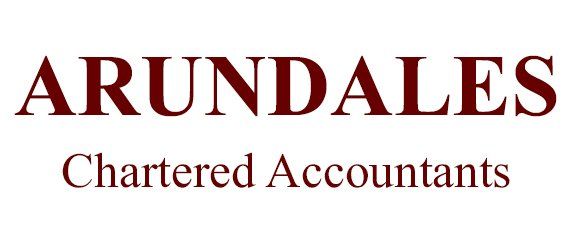TRADE AND CUSTOMS: LATEST NEWS
Brexit has meant constant change for customs rules. What else is round the corner?
New government plans
The recently published Border Target Operating Model sets out changes that impact not just trade with the EU, but the rest of the world as well. Though details are being finalised, key points include a new approach to security controls and biosecurity controls. There’s also greater digital emphasis, as declarations and processes come to be made via the UK Single Trade Window.
Change is phased in between 31 October 2023 and 31 October 2024, with three major milestones:
- 31 October 2023: start of health certification on medium risk goods, such as meat and dairy products and high risk food and feed of non-animal origin arriving in GB from the EU
- 31 January 2024: range of documentary, risk-based identity and physical checks apply
- 31 October 2024: safety and security declarations for EU imports.
Special rules will govern Irish and Northern Irish goods. The Border Target Operating model does not apply to imports into Northern Ireland from the EU.
Export declarations: CHIEF closes
HMRC has a new customs platform, the Customs Declaration Service (CDS). Businesses making import declarations have already made the change to CDS from the old Customs Handling of Import and Export Freight (CHIEF) system. Export declarations go next. On 30 November 2023, CHIEF closes and all export declarations will be made through CDS. Some groups will be able to use CDS before this date.
The two systems are not identical and it’s recommended that businesses take steps now to prepare. Some information is captured differently on CDS, and the way you input data is different, for example. This particularly impacts the way you use the Trade Tariff and the way declaration payments are processed.
HMRC suggests businesses can get ready by:
- applying for an Economic Operator Registration and Identification (EORI) number starting with ‘GB’
- subscribing to CDS, so you can submit export declarations from your software to CDS
- reading the latest CDS guidance on gov.uk
- deciding if staff need additional training
- checking if you need to change finance processes, such as setting up a new direct debit for a duty deferment account
- updating business details (email and business address) with HMRC, if necessary
- using the free Trader Dress Rehearsal service as a trial run.
HMRC launches advance valuation service
Getting the right method to work out the customs value of goods you import is complex. There is now a new HMRC service that you can use – before the import declaration is made - to make sure that things are in order.
HMRC’s advance valuation ruling service (AVRS) checks that the valuation method proposed is correct, and gives businesses a legally binding decision. The decision can then be used for any further imports of these goods for up to three years.
As the name suggests, you apply in advance - before goods are imported or declarations made: HMRC can’t give a ruling retrospectively. It’s done by signing up through the business tax account. On the business tax account homepage, select ‘Get online access to a tax, duty or scheme’. For those without a business tax account, application is made online using your Government Gateway user ID. It can take up to 30 days for HMRC to ‘accept’ the application and a further 90 days for HMRC to give the ruling. If an agent acts for you, they can apply on your behalf, but only if they have been added to the business tax account as a team member.
The service is not mandatory: but there are clear advantages. A ruling can help make sure the right duty is paid, minimising business risk and helping steer clear of HMRC challenge at a later date.
Contact Us
We will get back to you as soon as possible.
Please try again later.



